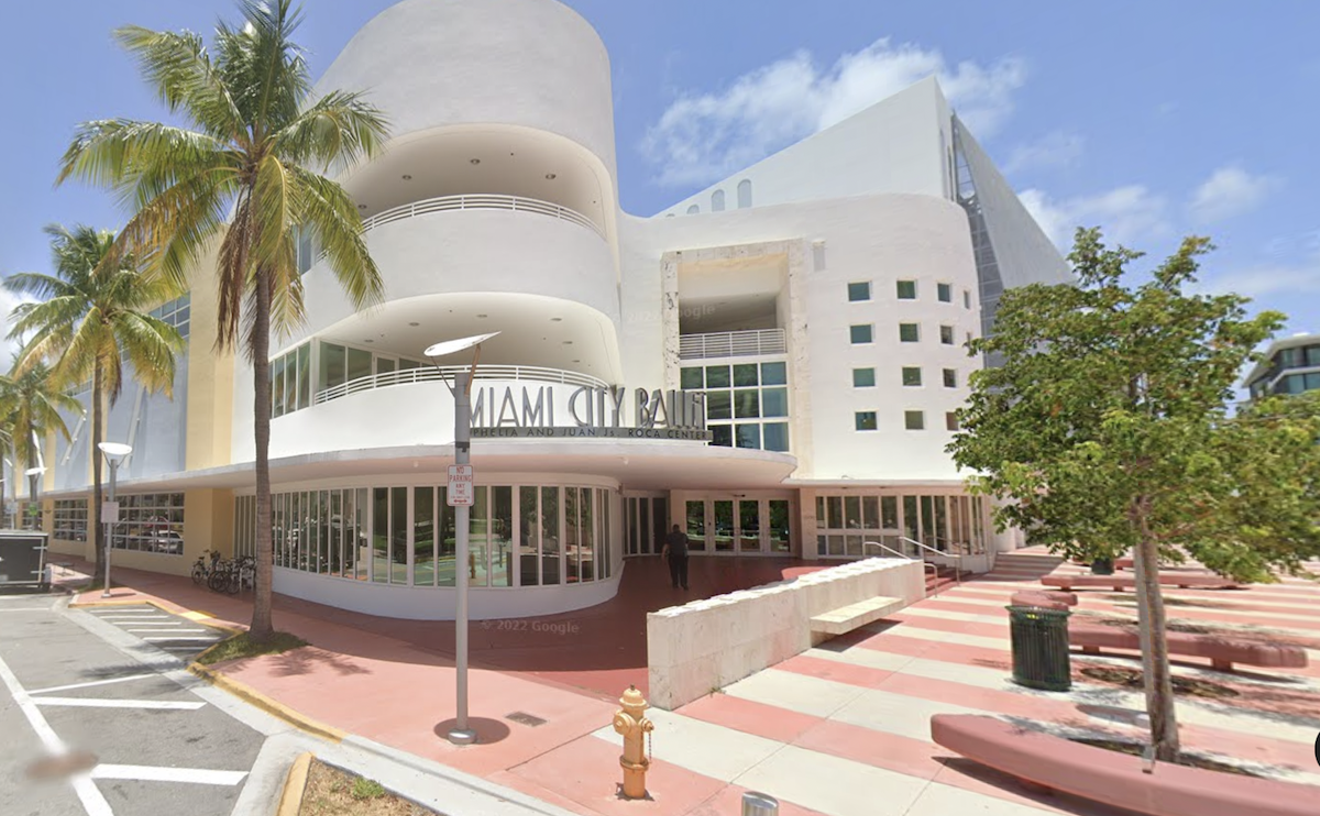Will you leave your kingdom to a heretic?" That was the question posed to a dying Queen Mary in 1998's Elizabeth, director Shekhar Kapur's grim and dingy film now viewed in retrospect as the origin story of a superhero: the Armored Virgin Queen, faster than a speeding lead pellet, more powerful than a Spanish Armada, able to leap the Tower of London in a single bound. Queen Mary, of course, had no choice — she had no heirs, after all, only her Protestant half-sister Elizabeth, to whom she handed over the throne rather than a death sentence, and, really, that was mighty nice of her. But fear not: Even if you recall little of your history texts or the film nominated in a previous millennium for a fistful of Oscars, including ones for Best Actress and Best Picture, Elizabeth: The Golden Age demands only your loyalty to highbrow camp masquerading as a history lesson soapier than any bottle of detergent.
Kapur revisits Elizabeth, once more played by Cate Blanchett beneath towering wigs and a deathly pale visage, some 30 years after her ascendancy to the throne. Only now England is on the brink of war with Spain's King Philip II (Jordi Molla), who wants England reclaimed as a Catholic stronghold under the rule of Mary Queen of Scots (Samantha Morton). As if any of that matters: The audience should have a very difficult time taking too seriously a film in which Clive Owen, as Sir Walter Raleigh dressed in baggy pantaloons, dangles like a romance-novel cover boy from a ship's mast while the ocean laps him like a faithful hound. Halloween has come early, and the kids who can't get their hands on a Jack Sparrow costume might do well to see whether Target is carrying a Sir Walter Raleigh outfit this year.
The original was no less a fanciful soap opera — Dynasty in Renaissance fair drag, Dallas with a much fancier Southfork Ranch. But the sequel is considerably more garish and voluble. If Elizabeth was BBC stuff writ large, a history lesson made enchanting for soap fans, its successor is more like an Indian import: How is it these people don't break into song or skip into a dance routine every five minutes, honestly?
Kapur, who made the inoffensive but forgettable Four Feathers redo in 2002, has brightened up and lightened up. This Elizabeth unfolds not in the dust-speckled shadows of rotting castles, but in the radiant glow of polished palaces wherein the queen is occasionally sunshine herself. At least they're all having a jolly good time. And The Golden Age is a most honest subtitle: Each frame looks like it cost a billion dollars, no doubt stolen from a Spaniard's ship by Sir Walter himself.
Kapur and his screenwriter — Michael Hirst again, here abetted by Gladiator scribe William Nicholson — have even less interest in maintaining even a dollop of historical accuracy. The Golden Age commingles accepted fact, acknowledged fiction, and wild-ass myth to the point where it's often nothing more than a fractured fairy tale, really, more Shrek than Shrek. The foundation of the story is more or less accurate: By the 1580s, Elizabeth had settled into her role as the country's Protestant ruler, much to the chagrin of her former brother-in-law, Philip, who wanted the country returned to its Catholic ways. Plots were hatched and conspiracies were conceived to put Mary Queen of Scots on the throne, though in the end Mary denied any wrongdoing just before her head was chopped clean off.
And while that was going on, Sir Walter was hanging out with the queen, who had taken a shine to the rogue explorer and poet. Only Raleigh had eyes, and baggy pants, for Elizabeth's favorite lady-in-waiting, Bess (played here by Abbie Cornish), with whom Raleigh would have a child — which made the queen mad enough to send Raleigh into the Tower of London for a while, till she freed him to do more pillaging of Spanish ships.
Kapur and his writers have taken all of that "truth" — such as it has been interpreted by copious historians over the years — and dumped it on its ass. Raleigh gets sprung from the tower not to do the queen's dirty work, but to save the entire damn country; really, who knew it was Sir Walter himself, not Lord High Admiral Charles Howard with the helping hand of Mother Nature, who single-handedly sunk the Spanish Armada? And the queen and Raleigh are now far more than friends: Here Elizabeth acts like a flirty little teenybopper surrounded by giggling courtesans as she ponders the touch of the rakish hunk. The filmmakers even include the long-ago-dispelled story that Sir Walter once draped his cape over a puddle of mud lest the queen sully her slippers.
This will be rightfully damned as ludicrous nonsense, fluff puffed into "substance" by a filmmaker who has found a franchise in a legend, while Blanchett, Owens, and Geoffrey Rush (who returns as Sir Francis Walsingham, the queen's right-hand man) play it so straight you're even more tempted to laugh out loud at every other scene. This is Rocky Horror Picture Show territory. But, really, you must do the time warp again.










